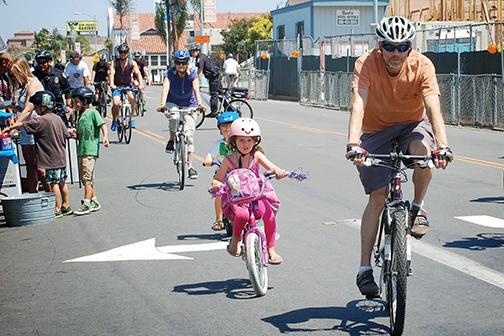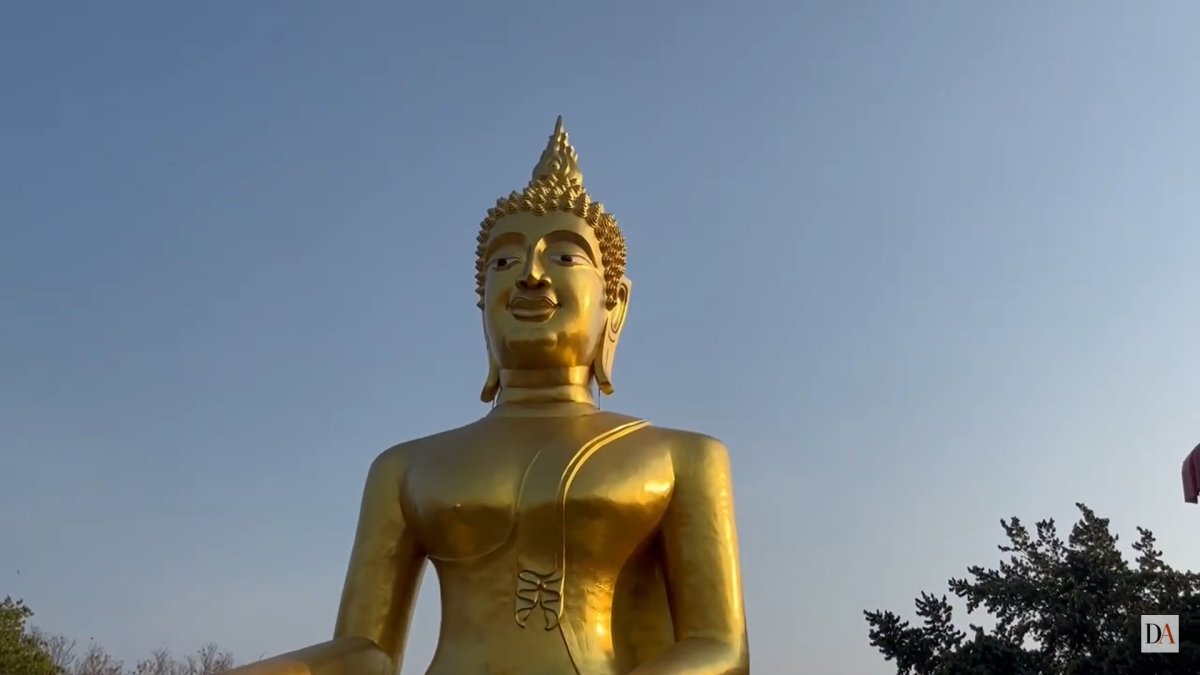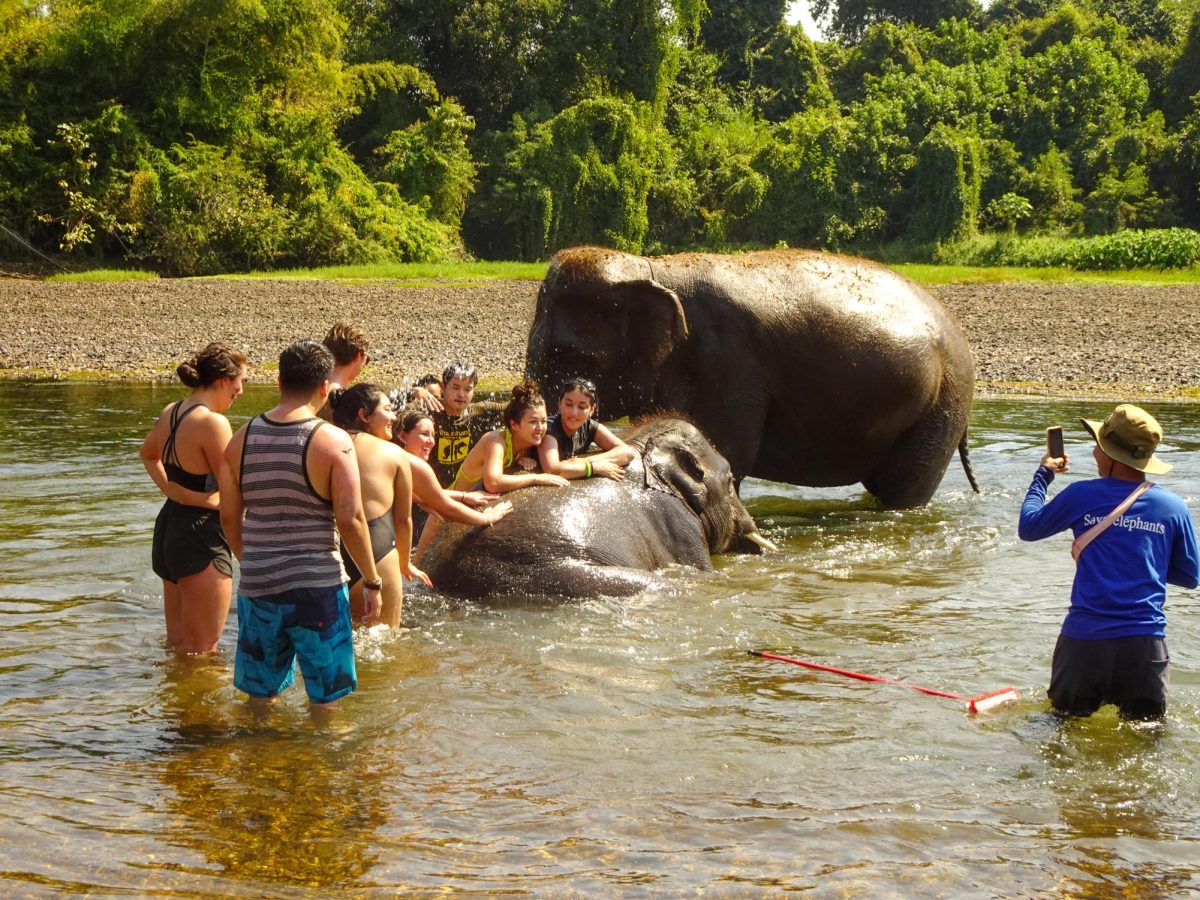Either with bicycles, skateboards, or their own two feet, many San Diego residents dropped their regular gym routines for a fresh and exciting exercise opportunity available to the community: CicloSDias.
CicloSDias was an open-street biking event that was held for the first time in San Diego on Aug. 11. It was organized to create a healthy and stress-free way for San Diegans to interact with their neighbors in a car-free environment.
The festivities took place along more than 5 miles of road that stretched from Cherokee Point Elementary School on 38th Street to the intersections of 30th and K Streets, all of which were closed because of traffic for the duration of the event. In addition to the shops open for business adjacent to the streets, there were four “hubs” along the path located in City Heights, Logan Heights, North Park and South Park. These hubs functioned as centers for merchandise sales, bicycle repairs, and showcases from sponsors. Important faces of the community were also present, such as councilwoman Marty Emerald.
Though the event was completely free of cost to participants, donations were accepted and put toward a crowd-funding campaign that covered event expenses, such as traffic rerouting, emergency medical services and community outreach efforts, considering the low-income area where CicloSDias took place. There were also three CicloSDias mini events that took place prior to CicloSDias. Located in South Park, Mission Hills and Golden Hill, these mini biking events gradually exposed the community to mass biking and promoted the upcoming CicloSDias.

According to the CicloSDias website, the San Diego event is modeled after similar vehicle-restricting events that have been held around the world since the late 20th century. In 1974, the Columbian city of Bogotá experimented with a bike path, or Ciclovía initiative in response to the overcrowding and pollution of the city streets. This incited a wave of inspiration that led to events such as Switch: Open Street Sundays in Halifax, Canada; Vía RecreActiva in Guadalajara, Mexico; and Feet in the Street in Washington, D.C.
Cities sometimes host these events three or four times per year, such as the CicLAvia in Los Angeles, or as often as every week, such as the Calle Recreativa in Rosario, Argentina. The first Sunday Parkways event in Portland, Ore. occurred in 2008 and, in the last five years, it has secured enough regard from the public to host 30,000 to 40,000 people every month. CicLAvia events, which began in 2010, have drawn in as many as 130,000 participants. Even though San Diego’s turnout seemed low, awareness will hopefully continue to increase and future events will procure an even larger crowd.
San Diegans can connect with CicloSDias through social networking such as Facebook and Twitter. Though no upcoming CicloSDias events have been announced, exercise enthusiasts will soon have the chance to partake in other San Diego bicycling events, such as Bike the Bay and Tour de Fat. San Diego County Bicycle Coalition Executive Director Andy Hanshaw, who was closely involved with preparations for CicloSDias, predicts that these events will have a significantly favorable impact on the city.
“It is the start of something big in San Diego,” Hanshaw said. “CicloSDias represents a shift toward engaging livable communities, and ultimately a new way of thinking about the streets we share.”












